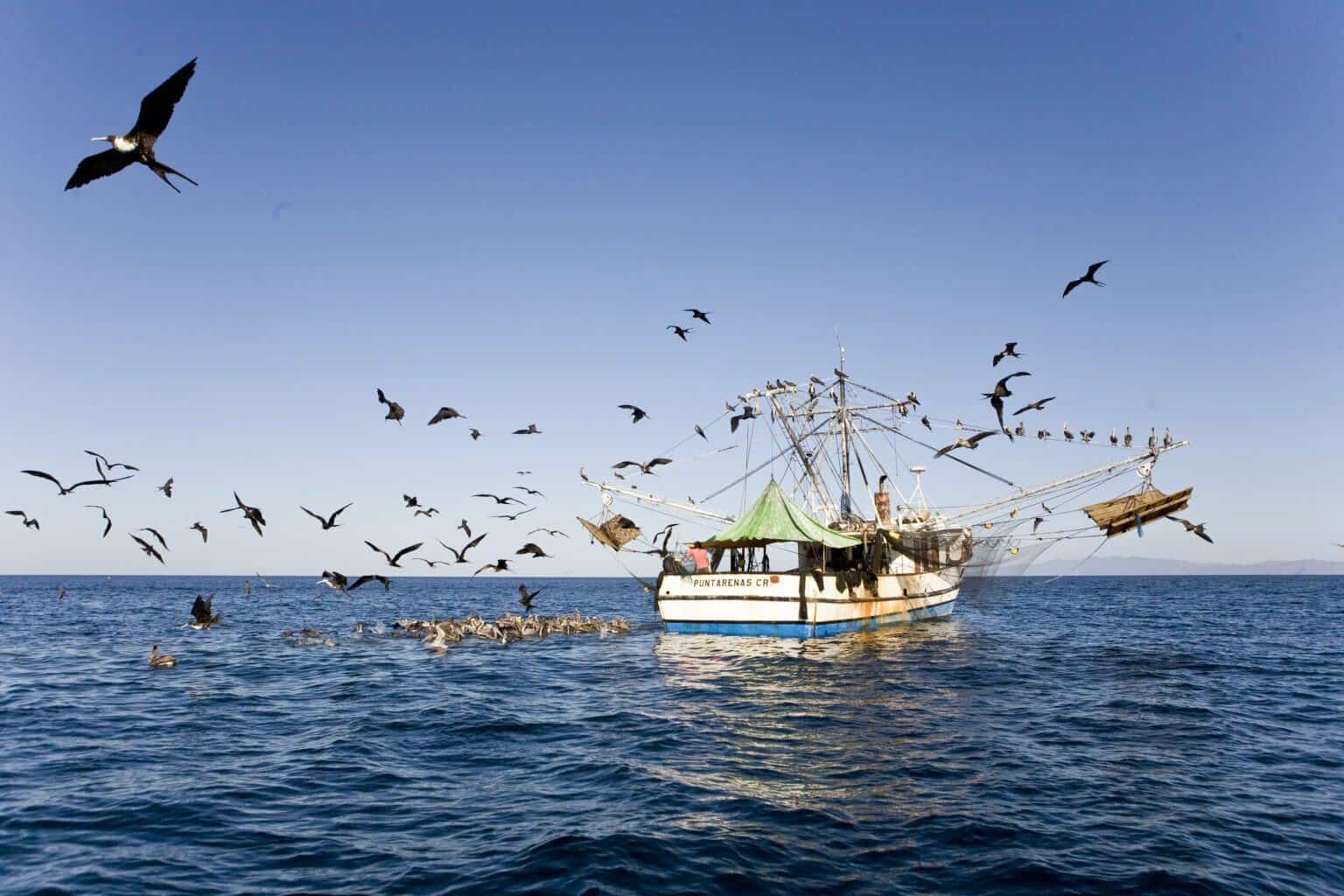President Rodrigo Chaves announced at a press conference in Puntarenas that his government plans to resume studies to reinstate trawling. Trawling is a non-selective method widely used to catch fish and marine invertebrates. It involves dragging a net through the water behind one or more boats. This net captures many species that are not the primary target, including fish of both commercial and non-commercial interest, sharks, turtles, mollusks, crustaceans, sea urchins, and starfish.
President Chaves emphasized that the Constitutional Chamber had previously annulled the studies that had been conducted. “The great misfortune is that the studies the Constitutional Chamber demanded, and which the Government made efforts to carry out, were annulled. Unfortunately, some participants violated restricted areas. We are compliant,” he explained.
On March 23, the government officially authorized new trawling studies, issuing permits for eight shrimp trawlers. In August, authorities announced the detention of three vessels participating in the surveys for fishing in protected waters.
A month later, INCOPESCA’s Research Department acknowledged staff and budget limitations that hinder progress on the project’s objectives. For now, the studies remain paralyzed until the lawsuit filed by MarViva is resolved.
In September 2022, the President announced at the Government Council in Puntarenas that the Government would conduct new technical studies to reactivate shrimp fishing in Costa Rican waters.
Trawl fishing has been banned in Costa Rica since 2013 by order of the Constitutional Chamber, which determined that the practice harms the environment.
In 2020, former President Carlos Alvarado vetoed a law to reintroduce trawling, a practice opposed by environmentalists and artisanal fishermen due to its detrimental effects on the seafloor and various species.
The Constitutional Court has reiterated that to reinstate trawling, there must be significant reductions in bycatch, consistency with sustainable development principles, and consideration of factors like ecosystem interactions, pollution, the regenerative capacity of affected systems, and the impact on populations.






